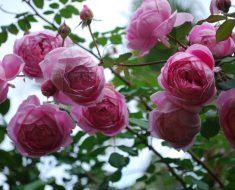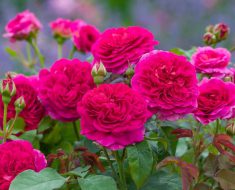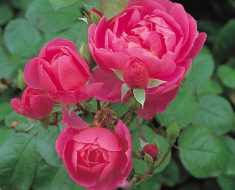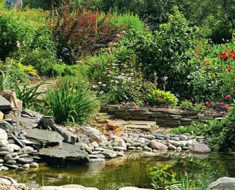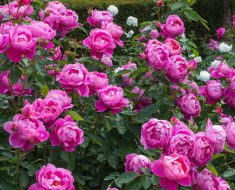Gardens are different – strict, affectionate, gentle and understandable. How many people – so many gardens. Each garden has its own character. There are so many styles in landscape design that it is difficult not to find a garden that is close in spirit. But man is stubborn and constantly in search of a new one. We have already talked about artifact gardens, installation gardens, about playing the garden, which surprise at every step. We suggest you get acquainted with the description of another innovation – a garden with artificial elements.
It is difficult to attribute an art garden with artificial elements to a specific category. It is not created in perfect harmony with the house and an element is used that is literally everywhere. It is impossible to attribute even the slightest ideological connection with the house. Unless, such material is used, without which you can’t build a house. For example, glass.
The main characteristics of the garden with artificial elements:
- The basis of the garden is an unusual material obtained in the process of processing raw materials: heterogeneous granules of different fractions and uneven in shape. They are present both on the earth and on the walls. This is the leading link.
- The used as mulch, as a base for concrete slabs, as a decoration for verticals, the banks of water bodies.
- base is the base acts as a pigment or paint.
- Plants choose resistant to an unusual neighbor.
- The garden has its own idea, certainly connected with its creator.
How to practically implement a garden with artificial elements? First of all, it, like any of the garden landscape design options, is imagined.
- Take a piece of paper and sketch the garden with a simple pencil.
- The next step is to choose the basis and fill the picture with flowers.
Expanded clay garden
3. Leave the picture for a while, drink some coffee. Psychologists advise resting during work.
4. With new forces and thoughts, we induce a marafet on the plan, drawing individual components. We number all parts of the garden.
5. Again we take a new sheet of paper and draw a view of the verticals in the garden on all sides of the world. It is very good if you have a computer and a program showing a garden project in 3-D format. The latter save a lot of time and nerves, and for those who draw a little bit – like a lifebuoy.
6. Have already decided on the places reserved for the base.
- We cover the middle of the tracks with small expanded clay crumb, and pour the edges with expanded clay larger. To use the game of textures, materials of similar composition are used, for example, brick, it is made of clay, like expanded clay. Here we put it on the track in the order we like.
- Three terraces are conceived in the figure, different in size but identical in shape. They will be laid out with expanded clay concrete slabs. The mixture needs expanded clay of medium size, sand, cement and water. Between the plates there will be seams from which grass grows. Such a move will combine terraces and a lawn.
- Do not forget that in our eco-garden there must be vertical parts. One wall bends smoothly around the southeastern part of the lawn and from the gate gently lowers towards the large terrace. The same wall goes around the north-eastern part of the terrace. Both walls consist of the same composition as the slabs of the sites. And in order to highlight the texture of expanded clay, the walls were still wet treated with metal brushes.
- The red spots in the figure are lined with small-small expanded clay, and along it lines are created with a rake (this is from Japanese gardens), which, if desired, can be painted in a new way at least every hour.
- The perimeter fence is made of unedged boards, and the columns are made of the same expanded clay concrete.
- The sides of the pond are sprinkled with large expanded clay.
7. The next step will be the selection of plants. Expanded clay in the garden – a material that can not “hurt” plants, unlike glass, whose glare can burn. The list of plants is large. For verticals, we plant climbing / climbing, for example, girl’s grapes, actinidia, and in some places clematis. In the red zones we settle rhododendrons with white flowers. In such a zone, in front of a large terrace, we install three pipes (diameter 150 mm), painted in silver. Holes 1-2 cm in size are drilled over the entire area of the pipes. Lighting is mounted in the pipes.
Yucca is planted in a chaotic manner on the lawn. For the edges of the tracks we arrange mixborders in a white and blue palette. A good addition will be plants in clay containers on the terraces. And the last step is to set the lightening.
When everything is thought out to the smallest detail, it will be easy to practically realize a garden with artificial elements. And not just an eco-garden, but any other. An example of a realized eco-garden with artificial elements is the garden of Andy Kao, an architect from the USA.
